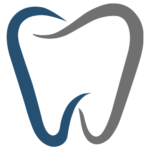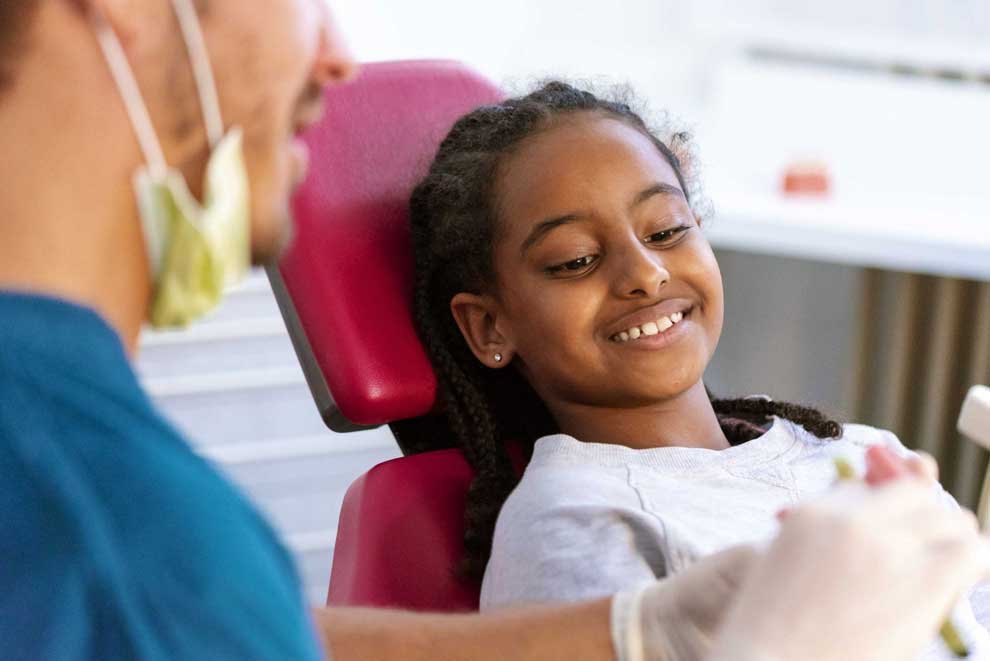Building a foundation for healthy smiles
How You Can Prevent Malocclusion Through Counselling


Parental guidance is key
Laying the Groundwork: Ages 0–3
During the first few years of life, orthodontic treatment isn’t usually necessary, but your role as a parent is critical. Early habits can greatly influence jaw growth, tooth alignment, and even breathing patterns. Here’s what to focus on:
- Breathing: Encourage your child to breathe through their nose. Mouth breathing can lead to improper jaw development and related orthodontic issues.
- Tongue-tie (Ankyloglossia): Tongue-tie occurs when the tissue under the tongue is too tight, limiting its movement. This restriction can interfere with feeding, speech, and the tongue’s ability to rest against the palate, which is essential for proper upper jaw development. If you suspect tongue-tie, consult a specialist.
- Tongue-position: The tongue naturally resting against the palate helps guide the growth and widening of the upper jaw. A low tongue posture, especially during sleep, can prevent this and may contribute to a narrow palate and other orthodontic issues.
- Nutrition: Provide textured foods to promote the development of jaw muscles and bones.
- Habits: Minimize the use of pacifiers, bottles, finger- and/or thumb-sucking and teeth grinding to prevent long-term issues.
- Teeth crowding or spacing issues.
- Persistent thumb-sucking or other habits.
- Difficulty chewing or swallowing properly
- Mouth breathing, which may affect facial development.

Identifying early signs of malocclusion
Monitoring Growth: Ages 3–7
Between the ages of 3 and 7, your child’s jaw is still developing and highly adaptable. This is the ideal time to monitor for any early signs of misalignment, such as
Expert tip: By acting early, you can address these issues while your child’s jaw is most responsive to change. Parental involvement and professional advice during this stage can prevent the need for more invasive treatments later on.

